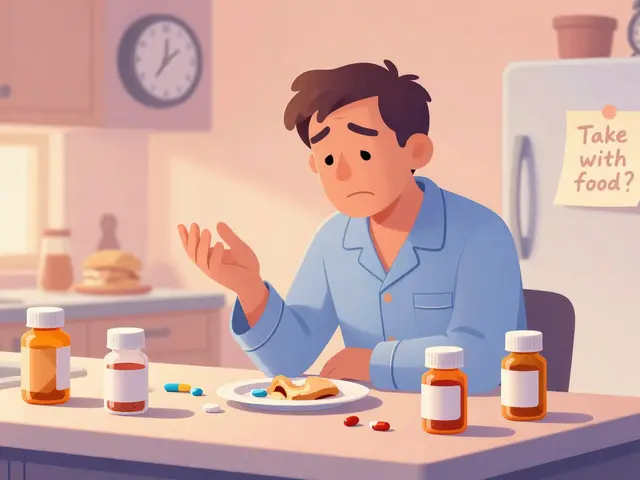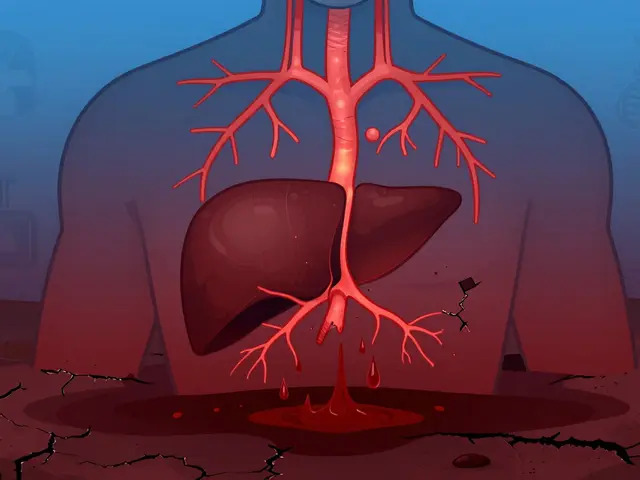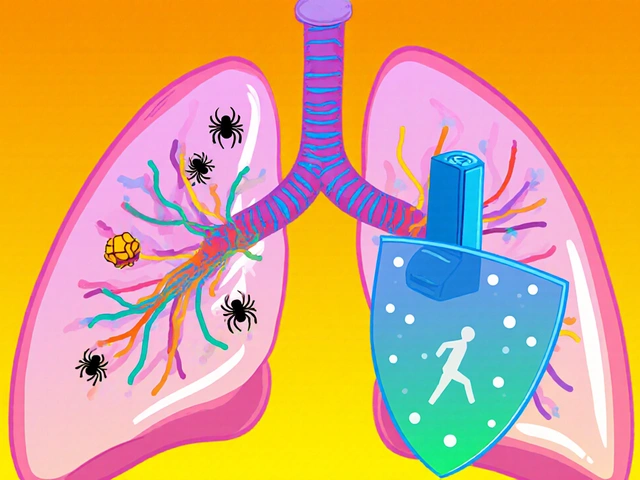Why Patients Skip or Forget Medications: Common Barriers to Adherence
December 15 2025Hair Loss Medication: What Works and Why
When talking about Hair Loss Medication, any drug or supplement used to slow, stop, or reverse hair thinning. Also known as hair loss treatment, it targets the underlying causes of follicle shrinkage and can improve scalp health. Two of the most common agents are Minoxidil, a topical vasodilator that stimulates hair follicles and Finasteride, an oral 5‑alpha‑reductase inhibitor that reduces DHT levels. A third piece of the puzzle is Nutrition, dietary factors that support keratin production and hormonal balance. Together these elements form the core of most modern regimens.
Why do these three pieces matter? Hair loss medication isn’t a magic bullet; it works best when paired with the right lifestyle choices. First, minoxidil increases blood flow to the scalp, delivering oxygen and nutrients that help dormant follicles re‑enter the growth phase. Second, finasteride blocks the conversion of testosterone to dihydrotestosterone (DHT), the hormone most linked to androgenic alopecia. Third, a balanced diet rich in protein, iron, zinc, and vitamin D supplies the building blocks needed for new hair shafts. In short, the treatment includes minoxidil, often combined with finasteride, while nutrition influences hair growth. This trio creates a feedback loop: better scalp health improves drug absorption, and better drug action makes dietary nutrients more effective.
Practical Tips to Maximize Your Hair Loss Medication Routine
To get the most out of your regimen, consider these simple steps. Apply minoxidil twice daily on a clean, dry scalp and allow it to dry before styling; consistency is key because the drug’s half‑life is short. Take finasteride as prescribed, usually once a day, and monitor any side effects with your doctor—most men notice reduced shedding within three months. Adjust your diet by adding lean meats, legumes, leafy greens, and nuts, which cover the micronutrients that support keratin synthesis. If you’re already on a medication plan, ask yourself: am I missing any of the three pillars? Do I use the topical correctly? Have I checked my iron levels? Are there foods I’m avoiding that could sabotage results? Answering these questions helps you identify gaps and fill them before they become setbacks. Remember, hair loss medication requires patience; noticeable thickening often appears after six to twelve months of steady use. Below you’ll find a curated collection of articles that dive deeper into each of these areas—from detailed mechanisms of minoxidil and finasteride to diet‑specific meal plans that boost hair growth. Browse the posts to fine‑tune your approach, learn about side‑effect management, and discover real‑world success stories that illustrate how the right combination of drugs and nutrition can turn thinning strands into a fuller head of hair.
 22 Oct
22 Oct
Avodart vs Alternatives: Which 5‑Alpha‑Reductase Inhibitor Is Right for You?
A detailed side‑by‑side comparison of Avodart (dutasteride) with finasteride brands and herbal options, covering efficacy, side‑effects, cost, and when each is best to use.
Read More...




